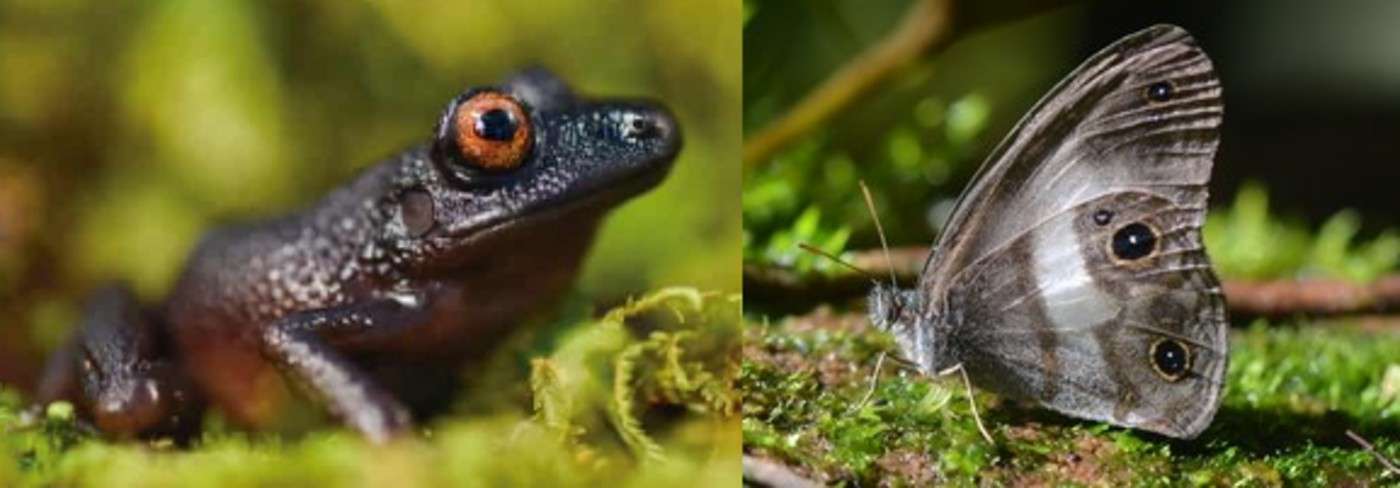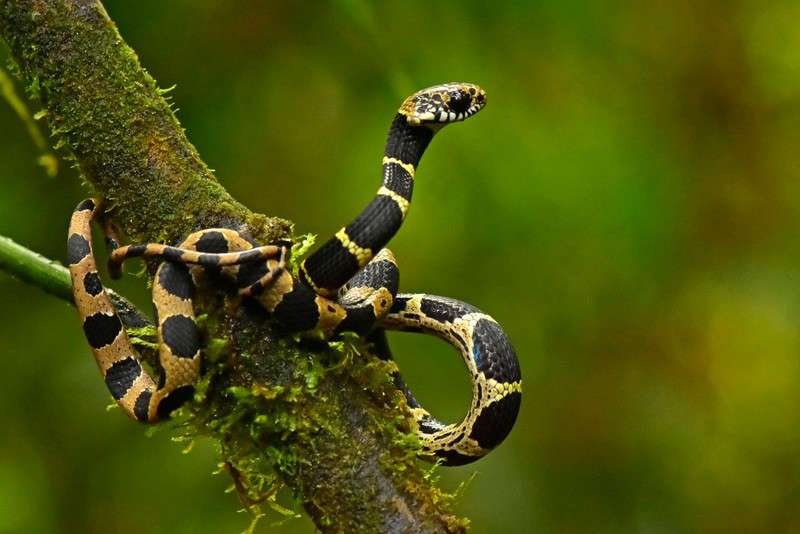Watch Fishermen Risk Walking on Frozen Lake to Rescue Exhausted Baby Deer
Watch Utah fishermen Bransen Jackson and his friend risk walking on a frozen lake to rescue this exhausted baby deer at Panguitch Lake.

The devil-eyed frog and satyr butterfly, species that had not been seen for 30 and 100 years, join a plethora of never-before-seen creatures for field guides in a recent expedition into the Bolivian jungles.
At a time when most journals are writing about the number of species disappearing, a sort of rapid-response team for biodiversity assessment found the trove of new creatures only 30 miles from the capital city of La Paz.
High in the Andean cloud forest, researchers from Conservation International began a Rapid Assessment Program (RAP) to scout for new insect species. However, the two-week expedition uncovered far more, including the 10mm-long lilliputian frog, two metalmark butterflies, the adder's mouth orchid, and even a new species of pit viper which thankfully no-one on the team stepped on.

Their search took them up the slopes which flank the Zongo Valley, where steep mountains and pristine forests conceal small ecosystems shrouded in mist which locals are said to refer to as "sky islands."
Arizona contains features described in the same words, micro-mountain chains where the drastic difference in conditions and the inability to easily relocate creates specially adapted animals.
The RAP, co-led by Trond Larsen from Conservation International, noted to the Guardian that they had not imagined finding new vertebrate species at all, but that the frog and viper were both tremendously exciting.
"What's so amazing is that you could hear the distinctive call of the little frog throughout the forest, but you get close and they stop calling," Trond said. "Trying to spot it when it's not making a sound and is hidden in the moss was a tremendous task."
Among the other rarities were a new species of bamboo and cup orchid, as well as a snake whose body sported the green, yellow, and red colors of the Bolivian flag. A species of arrowroot logged but one time in 125 years was also recorded. It closed its petals at night, which the scientists described as "like hands in prayer."

"This truly beautiful and diverse landscape has become a safe haven for amphibians, reptiles, butterflies, and plants that haven't been found anywhere else on Earth," said Larsen.
All this biodiversity is a sign that there is no reason to give up trying to save species, and the RAP in the Zongo Valley was actually aimed at underpinning a new conservation area that will protect not only wildlife, but forest resources like timber and Indigenous food sources, as well as waterways.
SHARE The Great Wild News With Your Pals on Social Media…
Be the first to comment